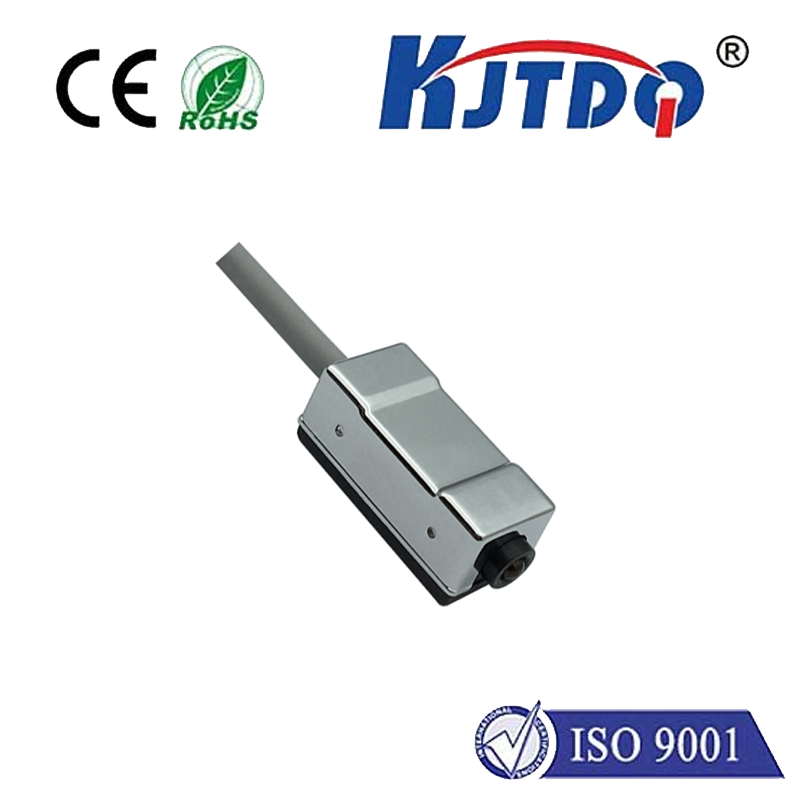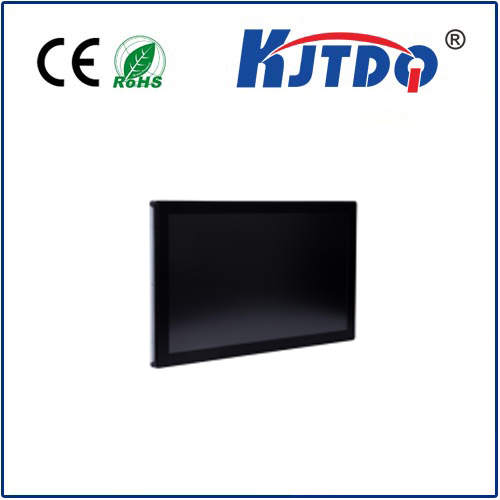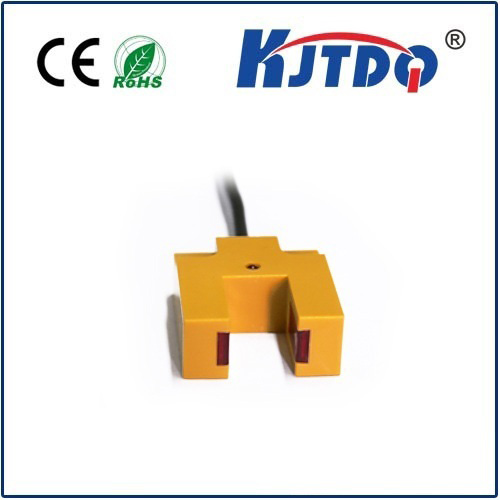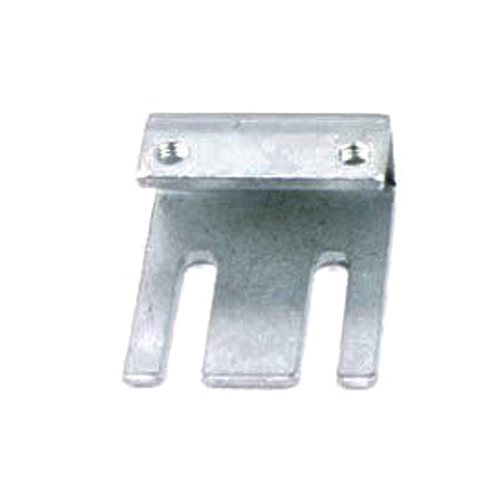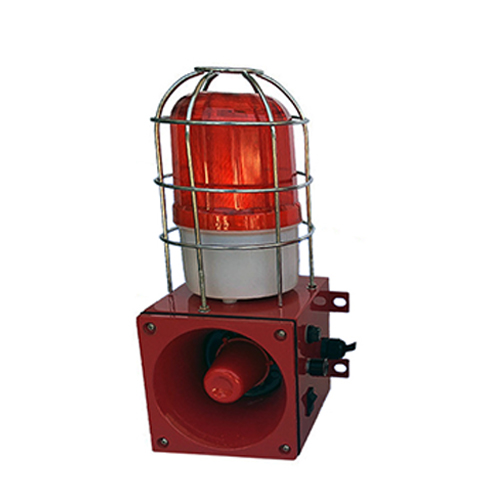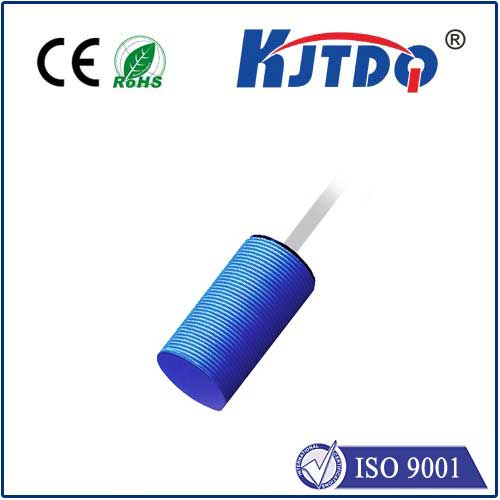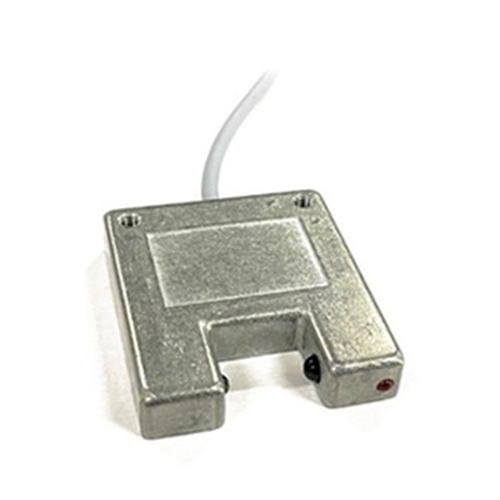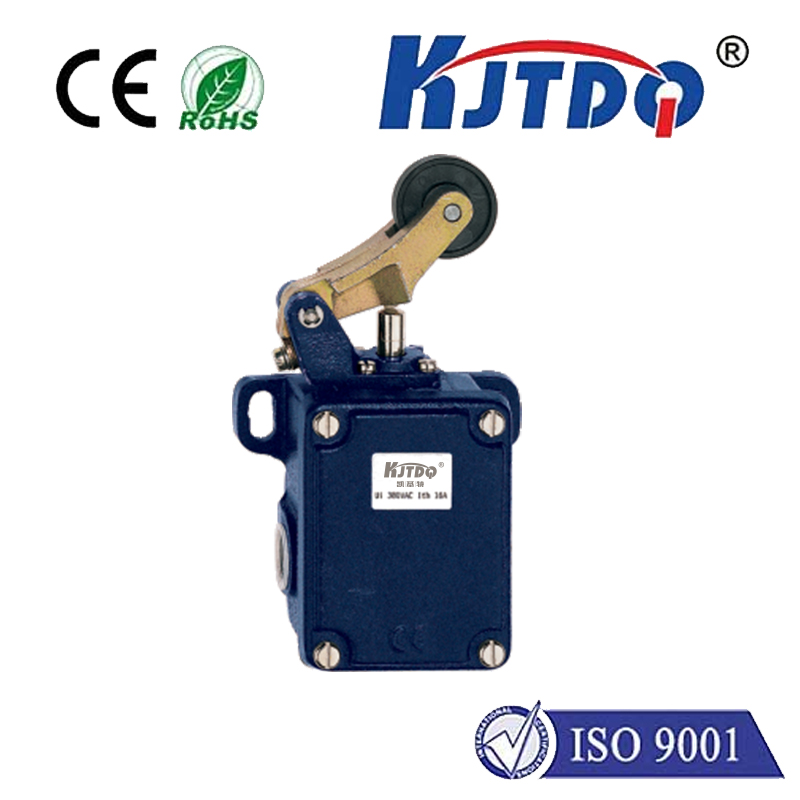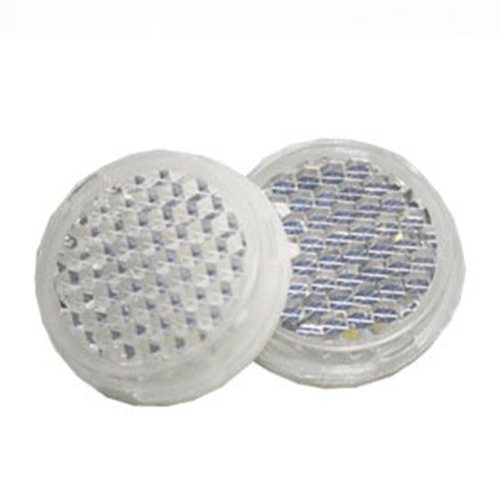

check

check

check

check

check

check

check

check

check

check
Introduction:
Inductive sensors are a versatile and widely used type of sensor that detects changes in electrical conductivity. They work by measuring the magnetic fields generated by the changes in the electrical conductivity of a material. This article will provide an overview of the different types of inductive sensors available and their applications in various industries.
Classification of Inductive Sensors:
There are several types of inductive sensors, each with its unique characteristics and uses. Some of the common types include:
1. Coil-type Inductive Sensors: These sensors use a coil of wire wrapped around a magnetic core to produce a magnetic field. The change in electrical conductivity causes a current to flow through the coil, which can be detected by an amplifier and converted into a voltage signal.
2. Capacitance-based Inductive Sensors: These sensors use a capacitor to charge up when an alternating current (AC) is applied to it. When the AC is removed, the capacitor releases energy, causing a voltage surge that can be measured by an analog-to-digital converter (ADC).
3. Resistance-based Inductive Sensors: Similar to coil-type sensors, these sensors utilize a coil of wire wrapped around a magnetic core to generate a magnetic field. However, instead of measuring the voltage produced by the current in the coil, they measure the resistance between the coil and a reference point.
4. Temperature-dependent Inductive Sensors: These sensors are designed to adjust their sensitivity based on temperature changes. They use a variety of techniques such as thermoelectricity or magnetostriction to achieve this feature.
Applications of Inductive Sensors:
Inductive sensors have numerous applications across various industries, including:
1. Industrial Automation: Inductive sensors are commonly used in industrial automation systems for process control, quality inspection, and safety monitoring. For example, they can be used to detect contamination in food processing facilities or monitor the condition of machinery in manufacturing plants.
2. Automotive Industry: Inductive sensors are essential components of automotive systems, such as fuel injection, brake systems, and exhaust emission control. They help vehicles operate more efficiently and improve safety by providing accurate feedback about various conditions.
3. Healthcare: Inductive sensors have been developed for medical applications, such as monitoring blood sugar levels in diabetes patients or detecting early signs of heart disease using electrocardiogram (ECG) signals.
Conclusion:
In conclusion, inductive sensors are a powerful tool for detecting changes in electrical conductivity and play a crucial role in many industries. By understanding the different types of inductive sensors available and their applications, we can select the appropriate sensor for a specific task and improve efficiency and accuracy in our systems.
